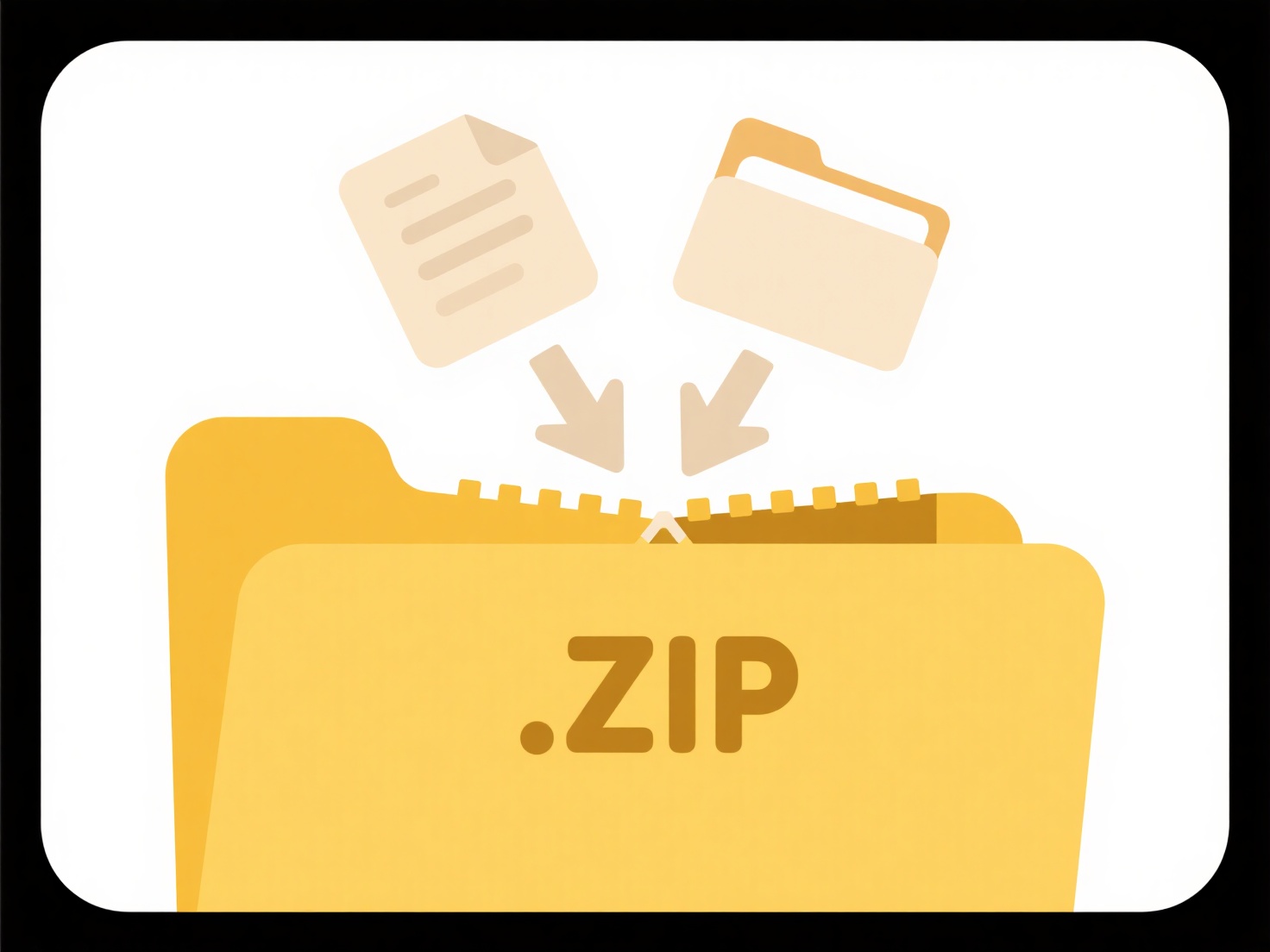
Exported file size refers to the digital storage space a file occupies, often becoming unexpectedly large due to several key factors. High resolution (dense pixel count), complex content (layers, effects, vectors), inefficient compression settings (lossless formats like PNG or BMP, or high-quality lossy), and embedded assets like custom fonts or raw audio/video data significantly increase size compared to simpler files with optimized settings. Essentially, the more visual or auditory information preserved for quality, the larger the final file.
Practical examples include photographers exporting high-resolution TIFF or RAW files preserving every detail for professional printing, leading to files hundreds of megabytes large. Similarly, video editors exporting in lossless formats like ProRes or uncompressed AVI create massive files necessary for editing fidelity, often requiring terabytes of storage. Software like Adobe Photoshop or Premiere Pro allows control over these settings, directly impacting output size. Large PowerPoint files containing embedded high-resolution images or videos are another common occurrence.

Large exports offer superior quality and editing flexibility but pose significant challenges: slow transfers, storage constraints, sharing difficulties, and potential rendering issues on lesser hardware. Ethically, they can exacerbate bandwidth disparities and environmental costs related to storage and transfer. Future developments focus on smarter compression algorithms (like AV1, WebP) and cloud-based workflows to manage quality/size trade-offs more effectively, though understanding specific export settings remains crucial for balance.
Why is the exported file size too large?
Exported file size refers to the digital storage space a file occupies, often becoming unexpectedly large due to several key factors. High resolution (dense pixel count), complex content (layers, effects, vectors), inefficient compression settings (lossless formats like PNG or BMP, or high-quality lossy), and embedded assets like custom fonts or raw audio/video data significantly increase size compared to simpler files with optimized settings. Essentially, the more visual or auditory information preserved for quality, the larger the final file.
Practical examples include photographers exporting high-resolution TIFF or RAW files preserving every detail for professional printing, leading to files hundreds of megabytes large. Similarly, video editors exporting in lossless formats like ProRes or uncompressed AVI create massive files necessary for editing fidelity, often requiring terabytes of storage. Software like Adobe Photoshop or Premiere Pro allows control over these settings, directly impacting output size. Large PowerPoint files containing embedded high-resolution images or videos are another common occurrence.

Large exports offer superior quality and editing flexibility but pose significant challenges: slow transfers, storage constraints, sharing difficulties, and potential rendering issues on lesser hardware. Ethically, they can exacerbate bandwidth disparities and environmental costs related to storage and transfer. Future developments focus on smarter compression algorithms (like AV1, WebP) and cloud-based workflows to manage quality/size trade-offs more effectively, though understanding specific export settings remains crucial for balance.
Related Recommendations
Quick Article Links
Can I automate the merging of duplicate documents?
Document merging automation refers to using software tools to identify and combine duplicate files or records within a s...
How do I remove special characters from file names?
Removing special characters from file names means eliminating symbols like !, @, , $, %, &, spaces, or accented letters ...
Can I rename files based on calendar events or tasks?
Renaming files based on calendar events or tasks refers to the automated process of using details from digital calendar ...